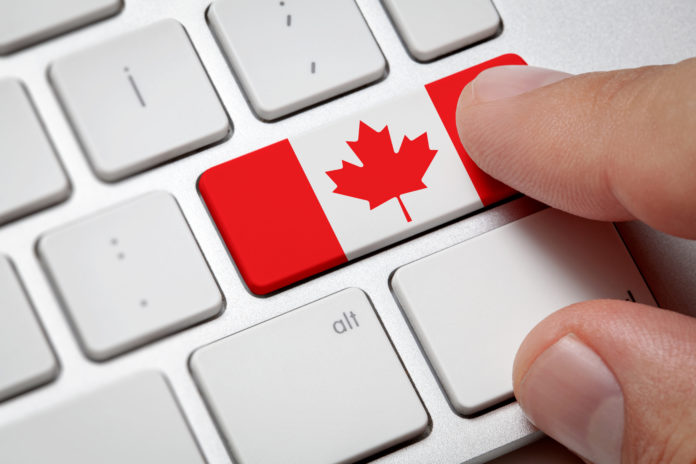
Canada’s plan to move its immigration system completely digital got a $428.9-million shot in the arm during the federal government budget speech in Ottawa this week.
In the latest federal budget unveiled Monday, Finance Minister Chrystia Freeland backed up that vision with new investment dollars to bolster the immigration department’s computer infrastructure.
Read More
Canada Immigration Records Another Solid Month, Welcoming Nearly 24,000
Refunds For Some Canada Immigration Applicants Where IRCC Fails To Meet Service Standard
Persecuted Yazidi Refugees and ISIS Victims Subject Of New Canada Immigration Policy
Under that budget, Ottawa will invest $428.9 million over five years, with $398.5 million in remaining amortization, starting next year to develop and deliver an enterprise-wide digital platform that would gradually replace the legacy Global Case Management System.
The federal government is saying this will speed up the processing of applications and support for applicants by as early as 2023.
Canada Immigration Minister Marco Mendicino has previously touted the high-tech approach to speeding up immigration processes.
“My vision for our immigration system going forward is that it is completely virtual and touchless and that each and every one of these steps is integrated so that we become the envy of the world,” he said in an online interview with TVO.
“In a world that is increasingly going virtual, we are leading the way, especially when it comes to our immigration system. We are the only ones that have moved our citizenship ceremony online, to my knowledge, and now we are also moving into the digital space when it comes to testing applicants.”
Canadian Government Reaffirms Commitment To Diversity and Immigration
Prime Minister Justin Trudeau’s Liberal government remains bullish on immigration. In the budget, immigration is described as an important part of the country’s economic recovery in the post-Covid-19 reality.
“Diversity is our strength, including as a source of our economic strength,” states the budget document. “Net immigration contributed to half of Canada’s average GDP growth from 2016 to 2019, and nearly three quarters of its growth in 2019.
“As our workforce ages, immigration ensures the Canadian economy continues to grow, that we attract more top talent and investment capital, and that we continue to create good jobs.”
In the weeks leading up the budget, Ottawa introduced six new pathways to help up to 90,000 temporary foreign workers and international grads get their permanent residence status.
Ottawa Investing $110m Into Temporary Foreign Workers
Monday, the finance minister announced significant additional spending to help temporary foreign workers.
The budget contains:
- $49.5 million over three years, starting next year, for Employment and Social Development Canada to support community-based organizations who provide services to migrant workers, including orientation services and emergency help, through the Migrant Worker Support Program;
- $54.9 million over three years, starting next year to Employment and Social Development Canada and IRCC to up inspections of employers and ensure temporary foreign workers have the right working conditions and wages, and;
- $6.3 million over three years, starting next year, so the IRCC can support faster processing and improved service delivery of open work permits for vulnerable workers.
“For over 50 years, temporary foreign workers have been coming to Canada to help meet the needs of businesses,” notes the budget document. “Recently, the pandemic has highlighted the critical role that these workers – the vast majority of whom are racialized and precariously employed – play in Canada’s economy, particularly at the farms that feed Canada and the world.”
Racialized Newcomer Woman Pilot Gets $15m
The federal government will also put down $15 million over the next two years through the IRCC for its Racialized Newcomer Woman Pilot, a program announced in the government’s 2018 budget. That pilot seeks to boost job and networking opportunities for racialized women.
Ottawa also pledged itself on Monday to streamline its Express Entry system in a bid to reach its 2021-2023 Immigration Levels Plan. Under that plan, Canada wants to welcome more than 1.2 million newcomers between 2021 and 2023 with 401,000 new permanent residents to Canada this year, 411,000 in next year and 421,000 in 2023.
The plan is to give the immigration minister more authority to “select those candidates who best meet Canada’s labour market needs from among the growing pool of candidates who wish to become permanent residents through the Express Entry System,” according to the budget.

